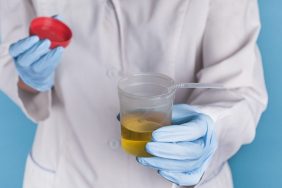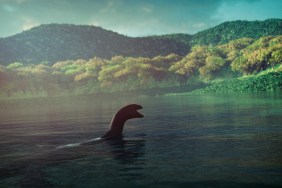Photo: Key Largo, Fl. Rick Loomis/Los Angeles Times via Getty Images.
Since the late 1970s, the coral reefs throughout the Florida Keys and the Caribbean have experienced unprecedented declines, with massive losses in the population of local staghorn and elkhorn reef-building corals. In recent decades, an estimated 25 to 40 percent of the world’s corals have died due to rising seawater temperatures, ocean acidification, and coral bleaching—all symptoms of climate change. Fortunately, Dr. David Vaughan is leading the Coral Reef Restoration project to bring these vital biospheres back to life, just as the reefs had reached an all-time low.
Also: The Great Barrier Reef Teeters on the Brink of Death
The Executive Director at the Mote Tropical Research Laboratory in Summerland Key, Florida, Dr. David Vaughan is the manager of the Coral Reef Restoration program. In 2013, he developed “microfragmenting,” a technique that allows him to create coral colonies that grow at 25 to 50 times fast than in the wild. This quick-growth process has enabled the team to develop culture or propagation for more than 20 species of reef-building hard corals that can then be transplanted to dead or dying reefs in the Keys.
The coral reefs of the Florida Keys are a living treasure that must be protected by all means. Often called the “rainforests of the sea,” the reefs are some of the most biodiverse ecosystems of Earth, providing home to at least 25 percent of all marine species, from fish, mollusks, and crustaceans to sponges, echinoderms, and tunicates. In addition to this they are a vital resource for various industries, providing up to 40 percent of the world’s fisheries and driving tourism to tropical getaways. In the Keys alone, its worth an estimated one billion dollars a year.

Dr. David Vaughan, Mote Tropical Research Laboratory
Vaughan, now in his early 60s, came upon microfragmenting by happenstance, describing it as a “eureka mistake.” Nearly a decade ago, he had been working at the lab, transferring colonies of elkhorn coral between aquariums when he discovered some of the coral had overgrown its pot and attached itself to the bottom of the glass.
When he broke the piece off, a few polyps had been left behind. Dr. Vaughan assumed he had inadvertently killed those, but low and behold, he was wrong. A week later, he discovered those polyps had grown in size and doubled in number. He decided to run a test, cut a few more polyps from the original colony, and place them on other pucks, only to discover they grew at a rapid speed. Dr. Vaughan realized that when injured, coral repairs itself quickly, making sure to grow back over lost ground before some other life form claims that territory for itself.
In 2011, this “eureka mistake” became the genesis for large-scale mass production of coral reefs when staff biologist Christopher Page, then in his late 20s, joined the team. Together their efforts to farm corals led to federal approval to create a living coral thicket on the dead reef half a mile from Big Pine Key in June 2014.
The Mote lab is currently home to more than 10,000 corals in captivity, grown inside water tanks housed on land. There is also a field nursery housed under about ten meter of water, which is where there begin to do underwater farming. The team’s work has proven to be a success but they are under no illusions about the larger state of the environment. With the knowledge that they are racing against the clock to preserve this vital part of the Earth, Dr. Vaughan and his team provide hope and inspiration at a crucial time in global ecology.
Miss Rosen is a journalist covering art, photography, culture, and books. Her byline has appeared in L’Uomo Vogue, Whitewall, Jocks and Nerds, and L’Oeil de la Photographie. Follow her on Twitter @Miss_Rosen.








